Home>Ideas and Tips>How To Choose The Right Paint Colors For A Basement
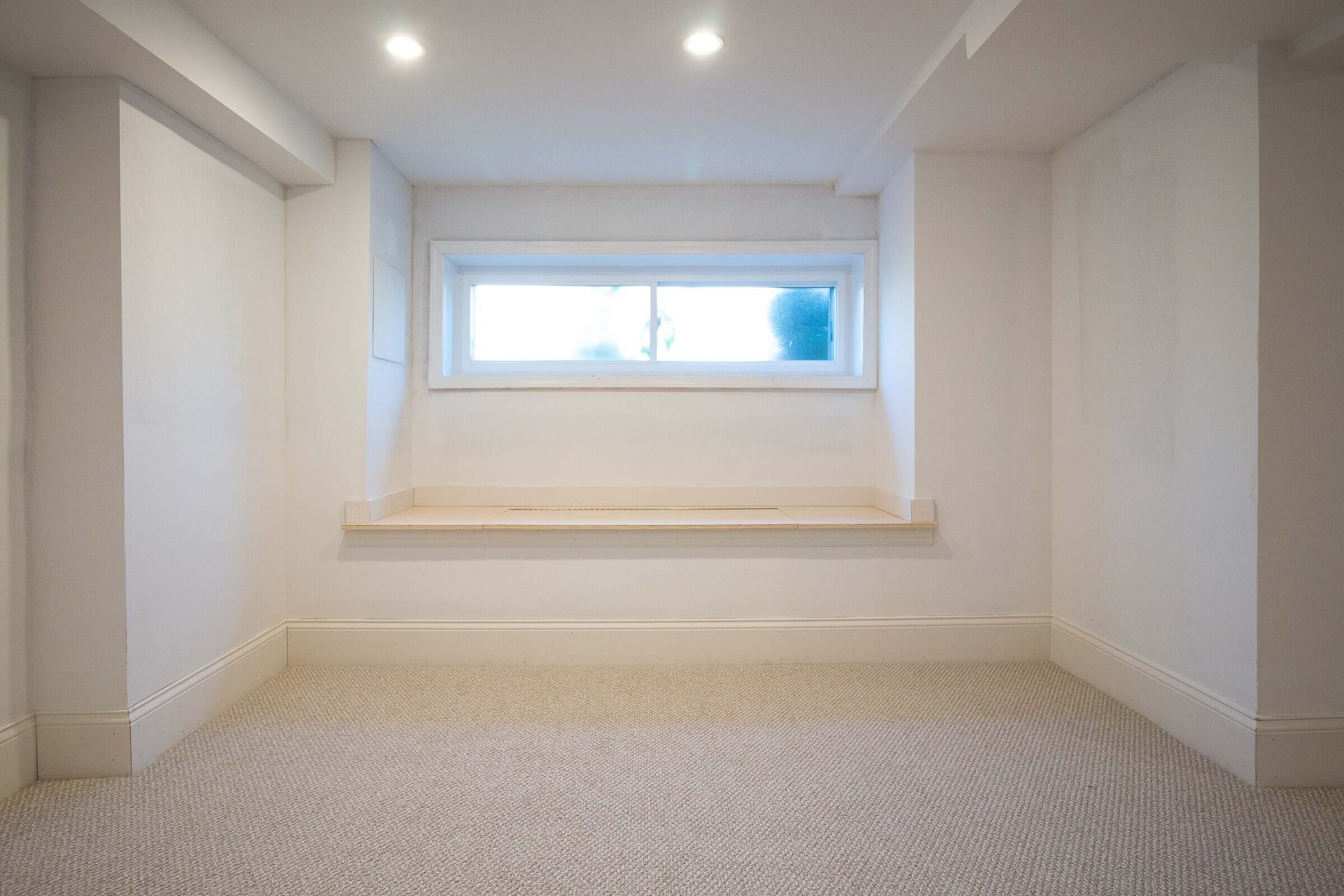

Ideas and Tips
How To Choose The Right Paint Colors For A Basement
Published: September 18, 2024
Discover how to choose the perfect paint colors for your basement, considering lighting, finishes, and decor to create a cozy and inviting space.
(Many of the links in this article redirect to a specific reviewed product. Your purchase of these products through affiliate links helps to generate commission for Storables.com, at no extra cost. Learn more)
Choosing the right paint colors for your basement is key to transforming this often-overlooked space into a cozy, inviting area. Basements can be tricky to paint because of their low natural light and unique architectural features. But with the right approach, you can pick colors that enhance the ambiance and functionality of your basement.
Understanding Basement Lighting
Lighting is a big deal when picking paint colors for a basement. Basements usually have limited natural light, and even when they do, it can be filtered through small or half-buried windows. This means artificial lighting is often the go-to. Different light sources can make your paint colors look different, so it's important to consider both natural and artificial lighting.
Natural vs. Artificial Lighting
- Natural Light: If your basement has any natural light, think about the direction and amount of sunlight it gets. South-facing windows usually provide warm light, while smaller windows might not let in much light.
- Artificial Light: Basements with little natural light will rely heavily on artificial lighting. LED bulbs are a good choice because they provide brighter, more consistent light compared to traditional incandescent bulbs.
Considering Hard Finishes and Furniture
When picking paint colors for your basement, think about the hard finishes and furniture already in the space. This includes flooring, carpets, bathroom tile, kitchen counters, and cabinet colors.
Coordinating with Hard Finishes
- Flooring and Carpets: The color of your flooring and carpets should be considered when choosing paint colors. For example, if you have dark-colored flooring or carpets, you might want to go for lighter wall colors to balance things out.
- Bathroom Tile and Kitchen Counters: The colors of bathroom tile and kitchen counters can also influence your paint color choice. Neutral colors like whites or grays can complement these elements while creating a cohesive look.
Furniture and Decor
- Existing Furniture: If you already have furniture in your basement, consider the colors of these items when picking paint colors. The best basement paint color will not only work well with the lighting but also coordinate with the other colors in the room.
- Decorative Elements: Add decorative elements like artwork or rugs that complement your chosen paint color to enhance the overall aesthetic of your basement.
Aligning with Your Whole-House Color Scheme
To make sure your finished basement feels like part of your home, align the paint colors with your whole-house color scheme.
Benefits of Matching Colors
- Consistency: Matching the paint colors in your basement with those in other rooms helps create a consistent look throughout your home, making it feel more cohesive and inviting.
- Property Value: A well-coordinated color scheme can increase property value when you decide to sell your home. Prospective buyers will appreciate the uniformity and thoughtfulness that goes into designing each room, including the basement.
Testing Paint Colors
Before making a final decision on paint colors, it's crucial to test them in your basement. This step ensures that the colors look good in different lighting conditions and with various hard finishes and furniture.
Using Paint Samples
- SAMPLIZE Samples: One of the easiest ways to sample paint colors is via SAMPLIZE. Their peel-and-stick paint samples are easy to use, true to color, and environmentally friendly. They offer a convenient way to test multiple colors without committing to a full paint job.
- Custom Sample Bundles: If you're still undecided, consider ordering a custom sample bundle from Samplize. This allows you to test all the paint colors mentioned in this article in your home before making a final decision.
Choosing the Right Finish
The finish of your paint is also important, especially in basements where moisture levels can be higher.
Satin Finish
- Recommended Finish: A satin finish is often recommended for basements. It provides a smooth appearance without being too glossy or shiny, which can make the space look more inviting.
Specific Paint Color Options
While there are many paint color options available, some colors work better than others in basements due to their ability to brighten up the space or complement existing elements.
White Paint
- White Cotton by HGTV Home Sherwin Williams: White paint can be an excellent choice for basements, especially if you want to brighten up the space. However, it's essential to choose a white that has a tinge of gray to avoid looking too stark.
- Other White Options: Other white options like BM Cloud White can also work well in low-light conditions. However, it's crucial to test these colors in your specific lighting situation to ensure they don't look dingy.
Medium-Toned Hues
- Gray, Blue, Beige, Green: If you're looking for something other than white, medium-toned hues like gray, blue, beige, or green can create a cozy and inviting atmosphere. These colors work well with artificial lighting and can enhance the overall aesthetic of your basement.
Earthy Tones
- Sage Green and Light Brown: For smaller basements, lighter tones such as sage green and light brown can create an illusion of space. These earthy tones are perfect for creating a cozy space without making it feel too small.
Maximizing Space with Light Colors
Light colors are generally recommended for smaller basements as they create the illusion of space and make the area feel more open.
Benefits of Light Colors
- Creating Illusion of Space: Light colors like whites, grays, and pastels can make smaller basements appear larger by reflecting light and creating a sense of openness.
- Earth Tones: If you prefer earthy tones, certain shades of sage green and light brown can also work well in smaller basements. These colors add warmth without making the space feel cramped.
Dark Colors for Intimate Spaces
While light colors are ideal for creating an open feel in smaller basements, dark colors can be beneficial for larger spaces or those intended to be intimate areas like bedrooms or reading libraries.
Benefits of Dark Colors
- Creating Intimate Spaces: Dark colors like deep grays or rich browns can create intimate spaces that are perfect for reading nooks or bedrooms. These colors work well with artificial lighting and can enhance the ambiance of your basement.
- Complementing Large Spaces: In larger basements, dark colors can complement the space without making it feel overwhelming. They add depth and can create a cozy atmosphere that's perfect for relaxation.
Considering Property Value
When choosing paint colors for your basement, it's also important to consider property value. A well-designed basement can significantly increase the value of your home.
Return on Investment
- Interior Painting ROI: According to Opendoor, interior painting typically yields a 107% return on investment. This means that investing in a well-designed basement can pay off significantly when you decide to sell your home.
Final Tips
- Test Colors Thoroughly: Always test paint colors thoroughly in your basement before making a final decision. This ensures that the colors look good in different lighting conditions and with various hard finishes and furniture.
- Coordinate with Hard Finishes: Coordinate your paint colors with the hard finishes and furniture already present in the space. This includes flooring, carpets, bathroom tile, kitchen counters, and cabinet colors.
- Align with Whole-House Color Scheme: Align your basement paint colors with your whole-house color scheme to create a consistent look throughout your home.
- Consider Lighting: Consider both natural and artificial lighting when selecting paint colors for your basement.
- Choose the Right Finish: Choose a finish that complements your basement's unique conditions, such as a satin finish for a smooth appearance.
By following these guidelines and considering the unique aspects of your basement, you can choose the right paint colors that enhance its functionality and aesthetic appeal. Whether you're aiming to create an inviting space for relaxation or an additional living area that complements your home's overall design, the right paint colors will play a crucial role in achieving your goals.
Was this page helpful?
At Storables.com, we guarantee accurate and reliable information. Our content, validated by Expert Board Contributors, is crafted following stringent Editorial Policies. We're committed to providing you with well-researched, expert-backed insights for all your informational needs.
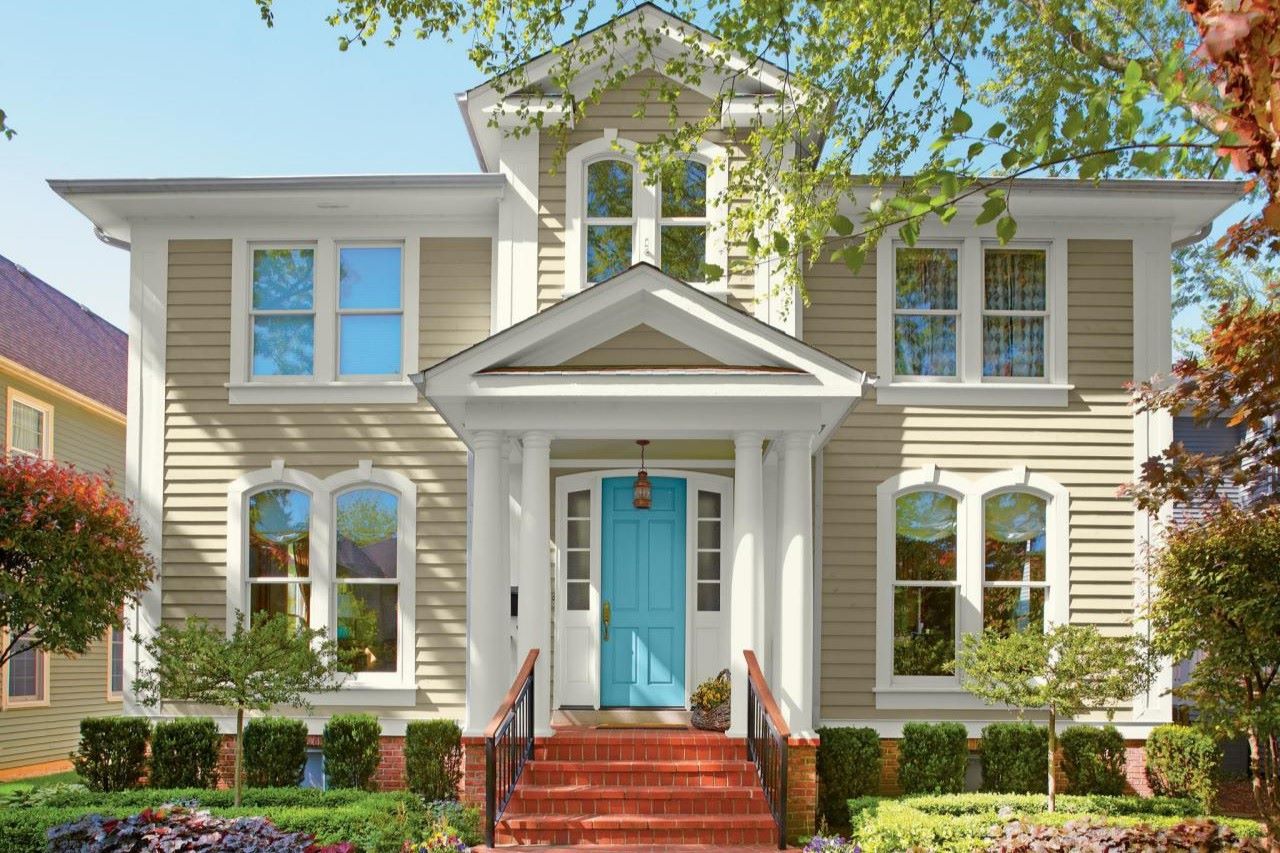
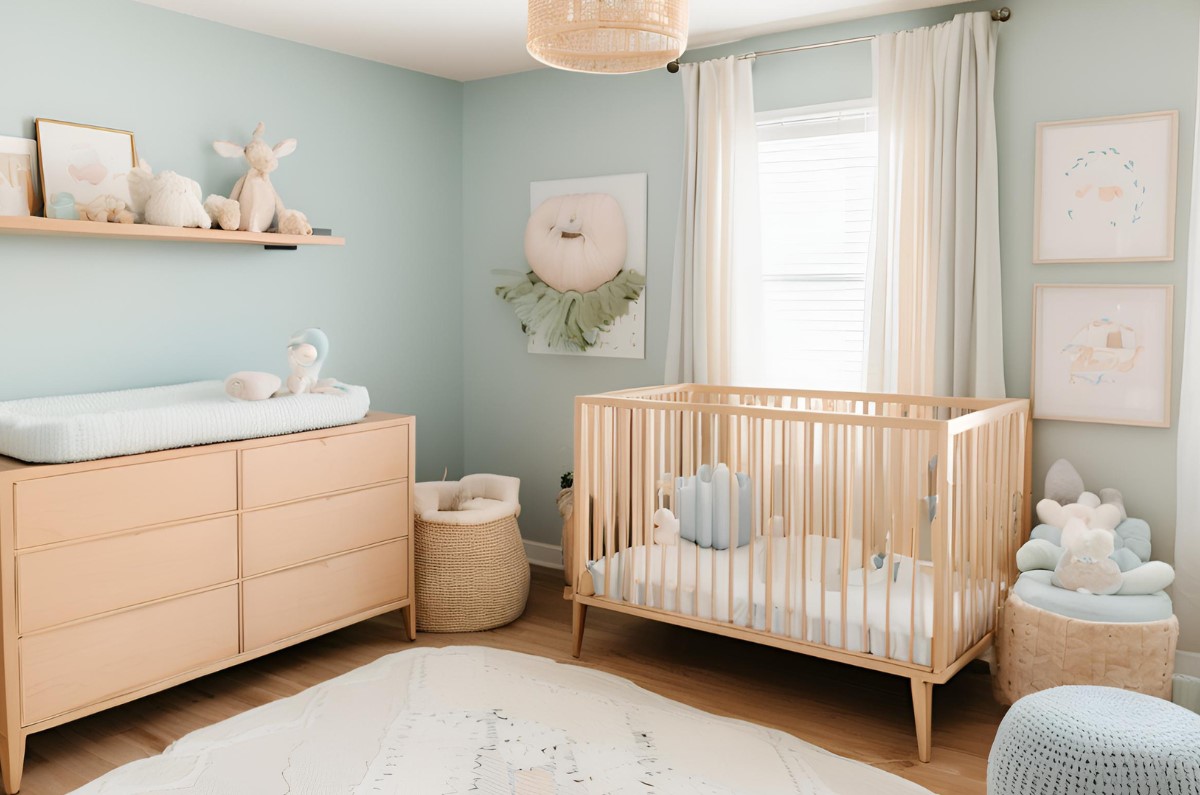
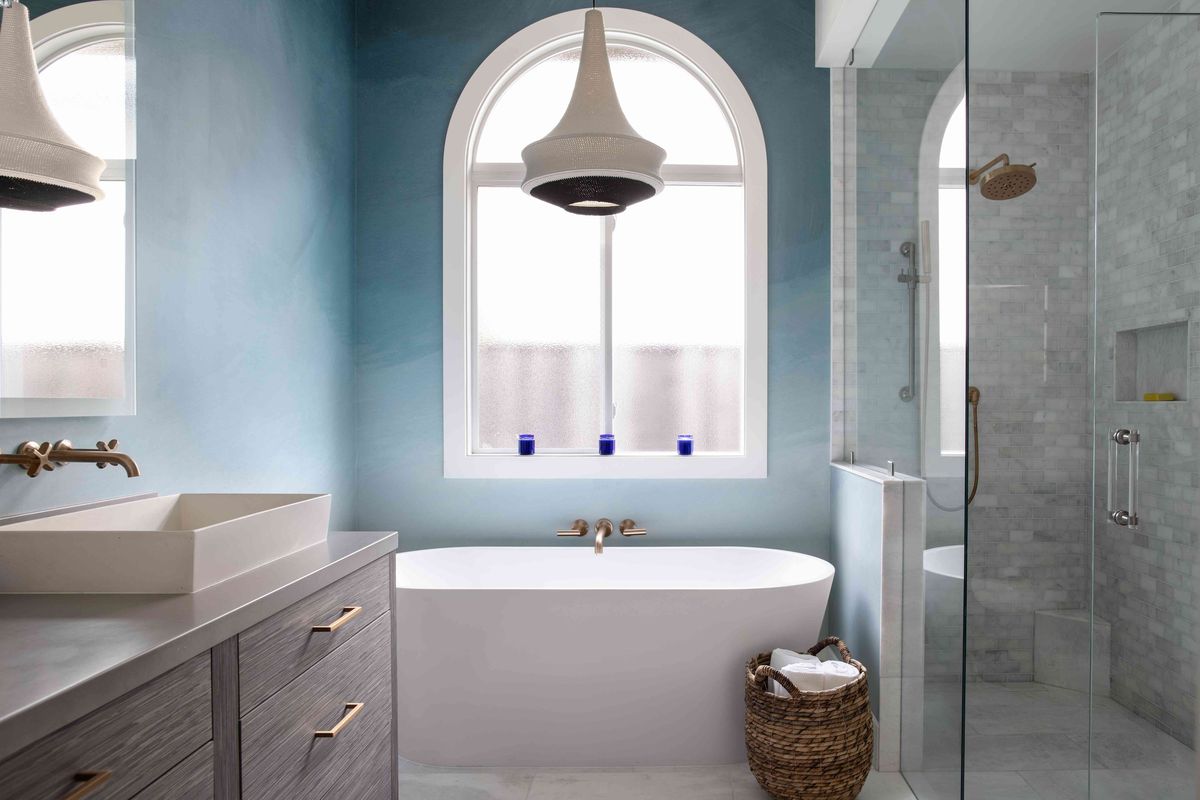
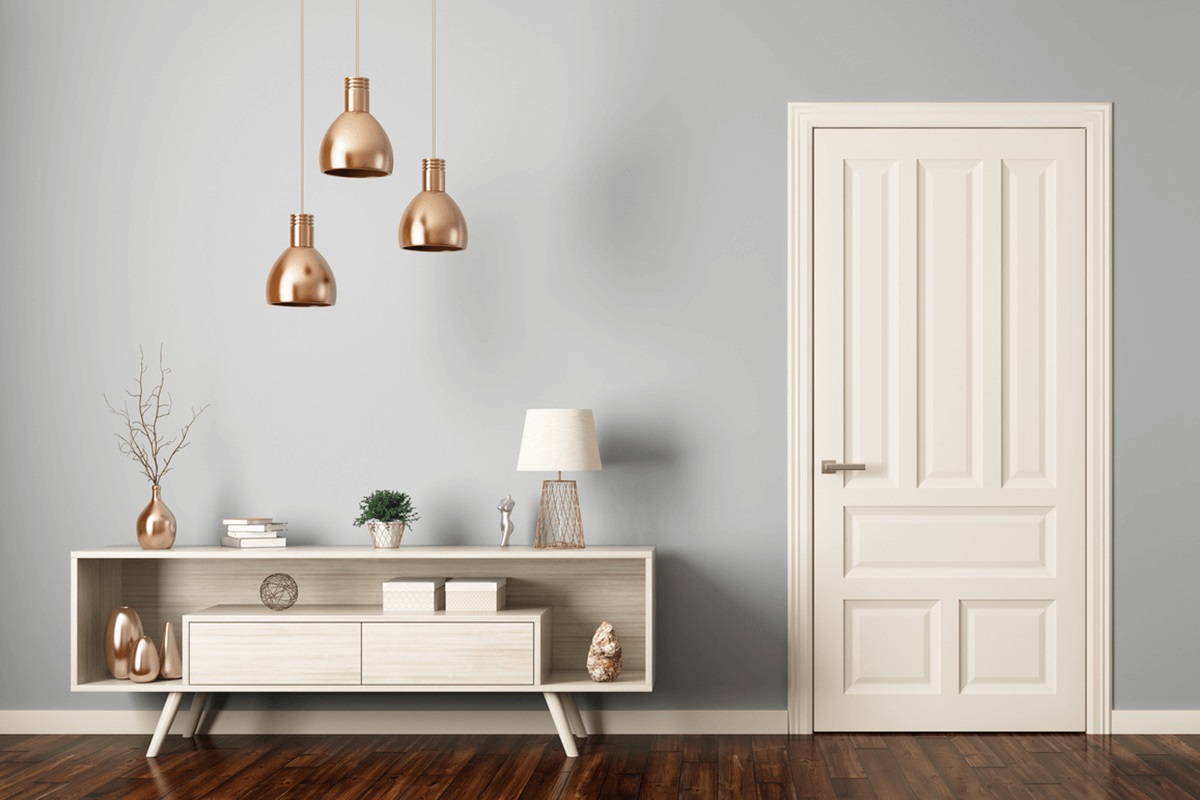
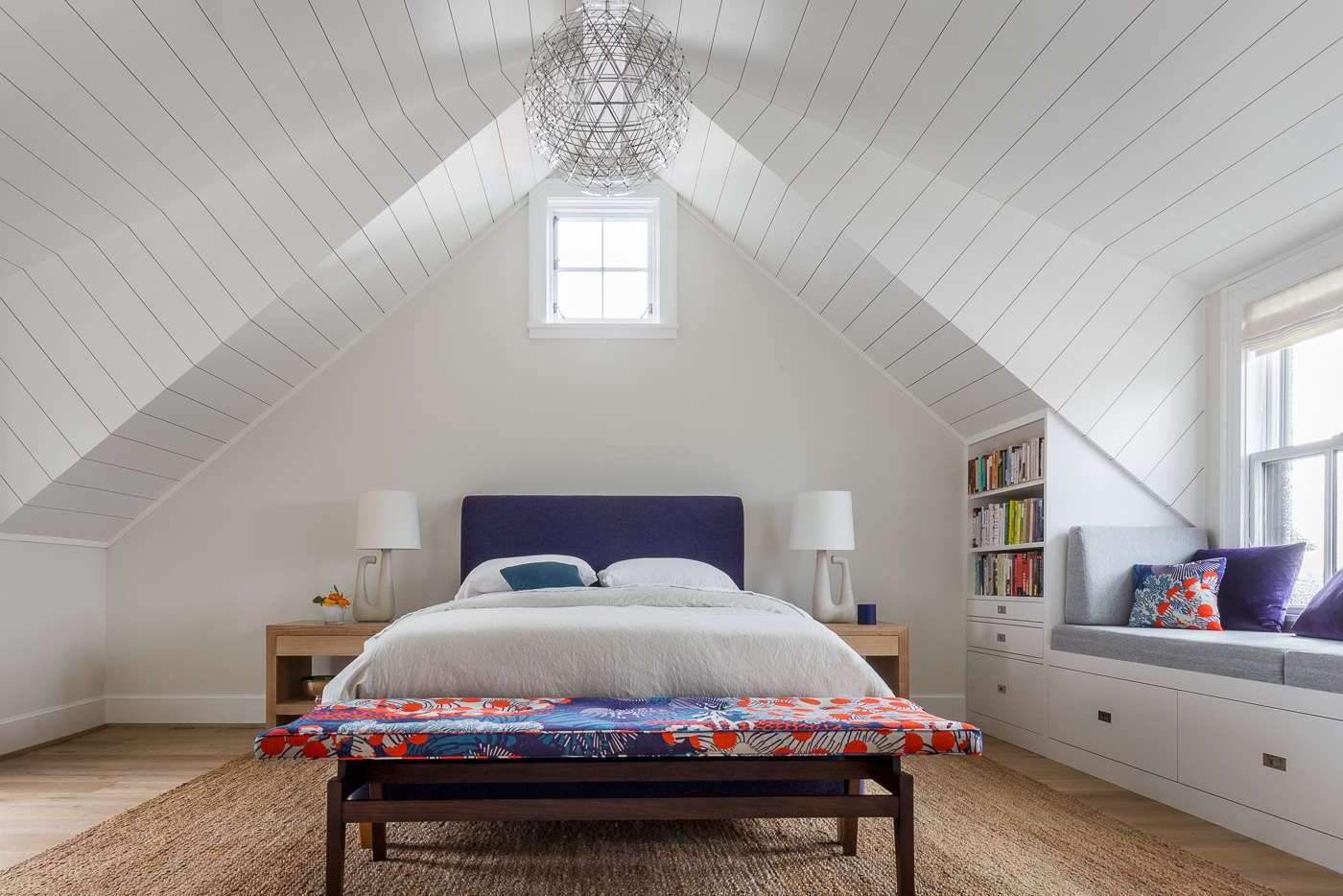
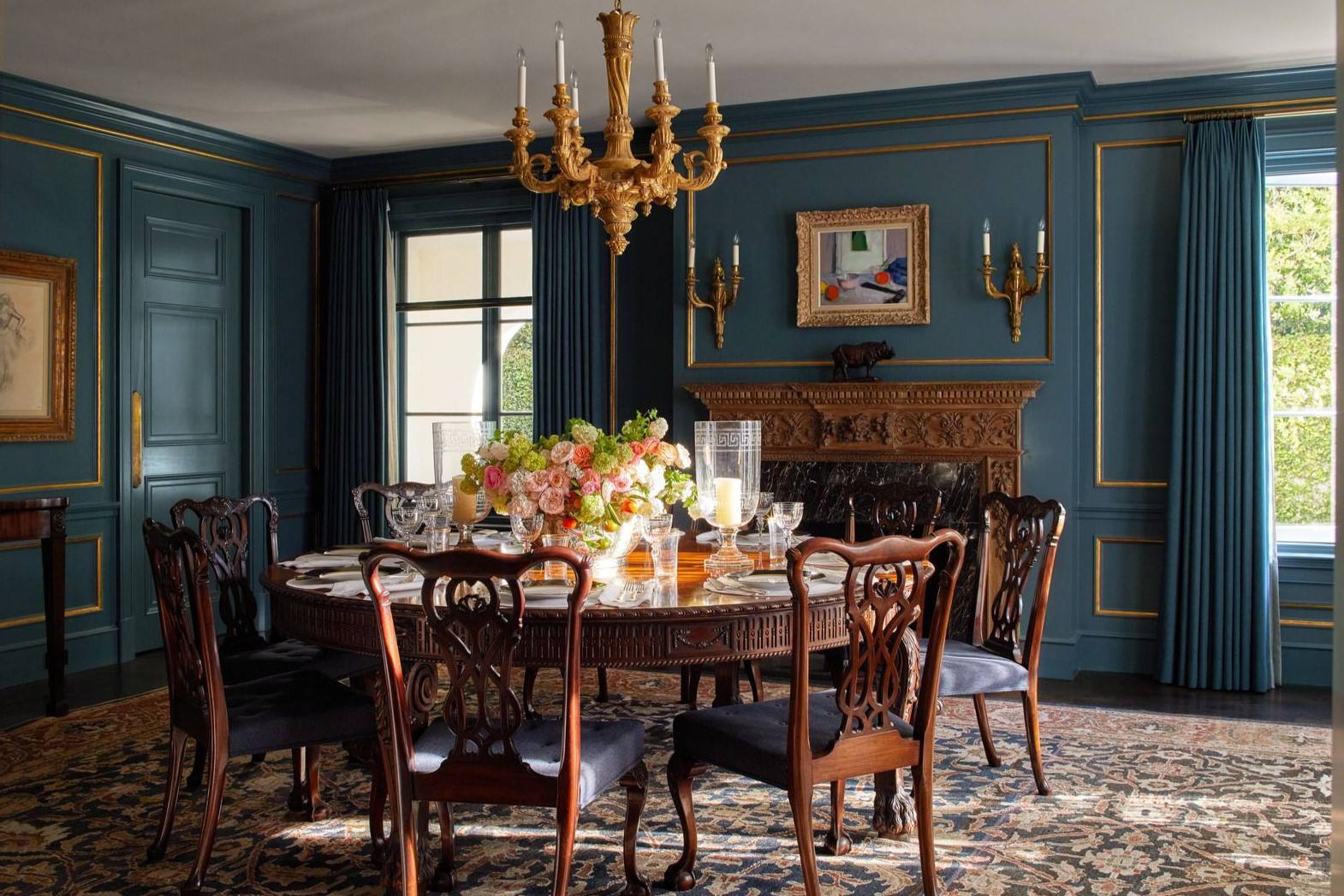
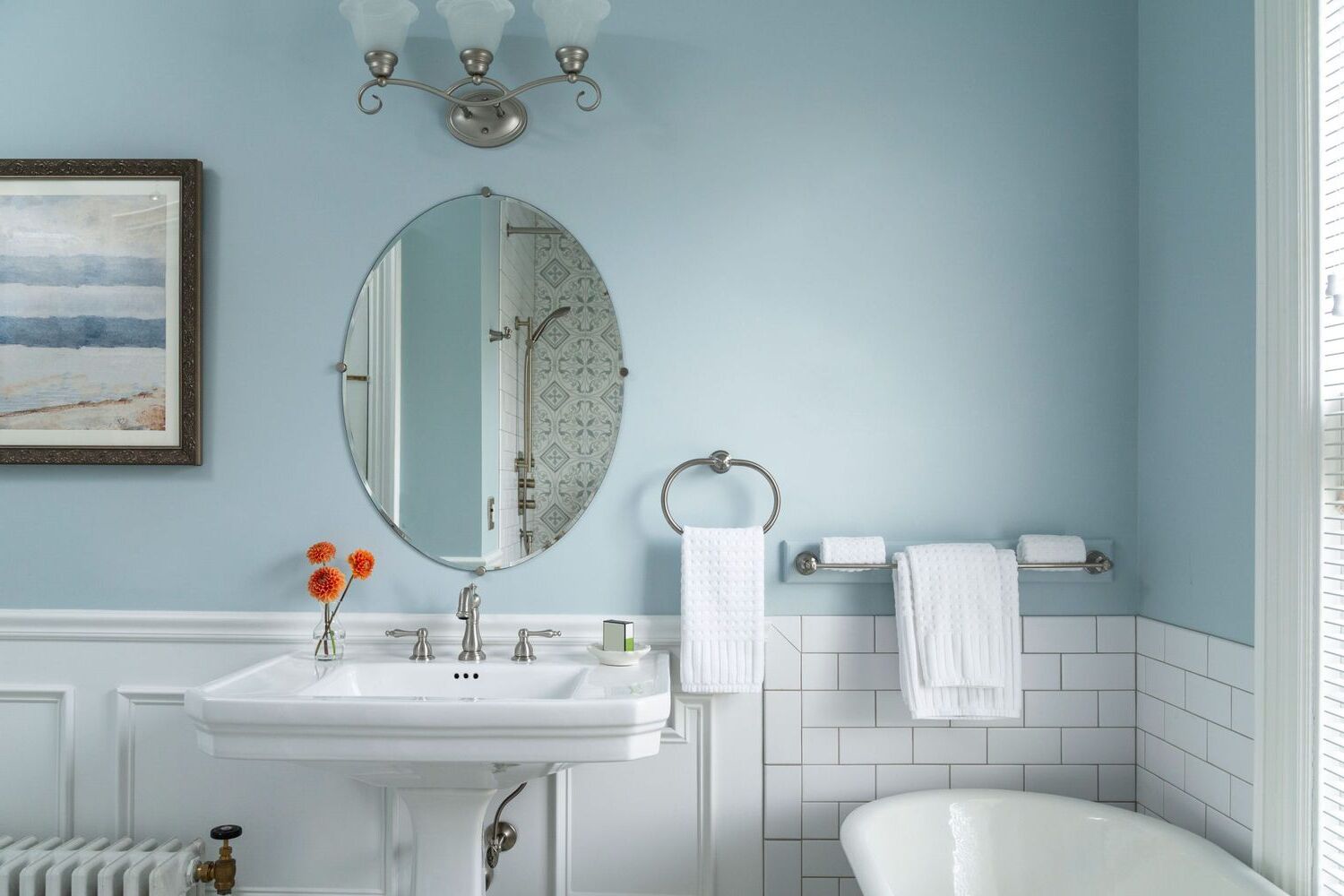
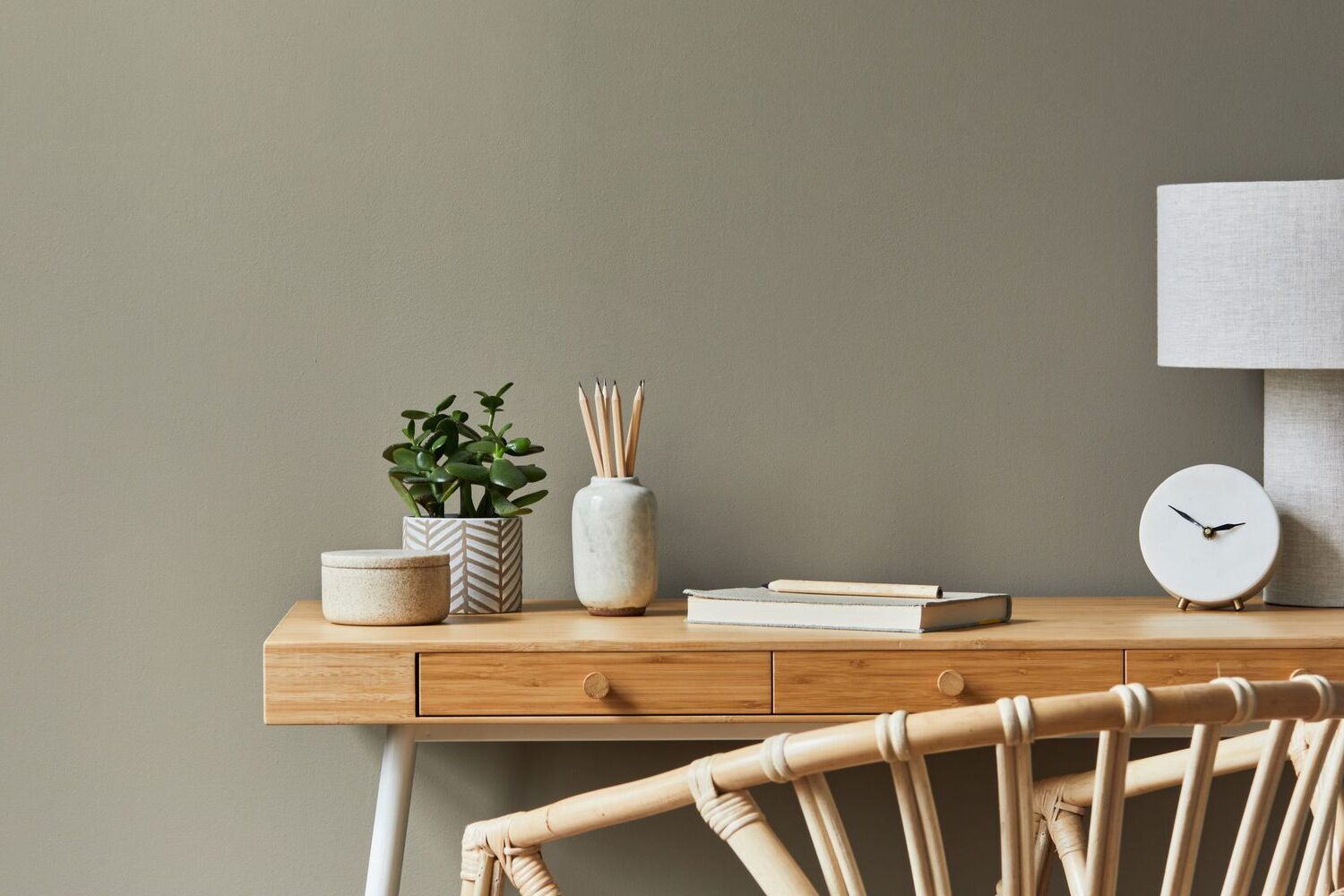
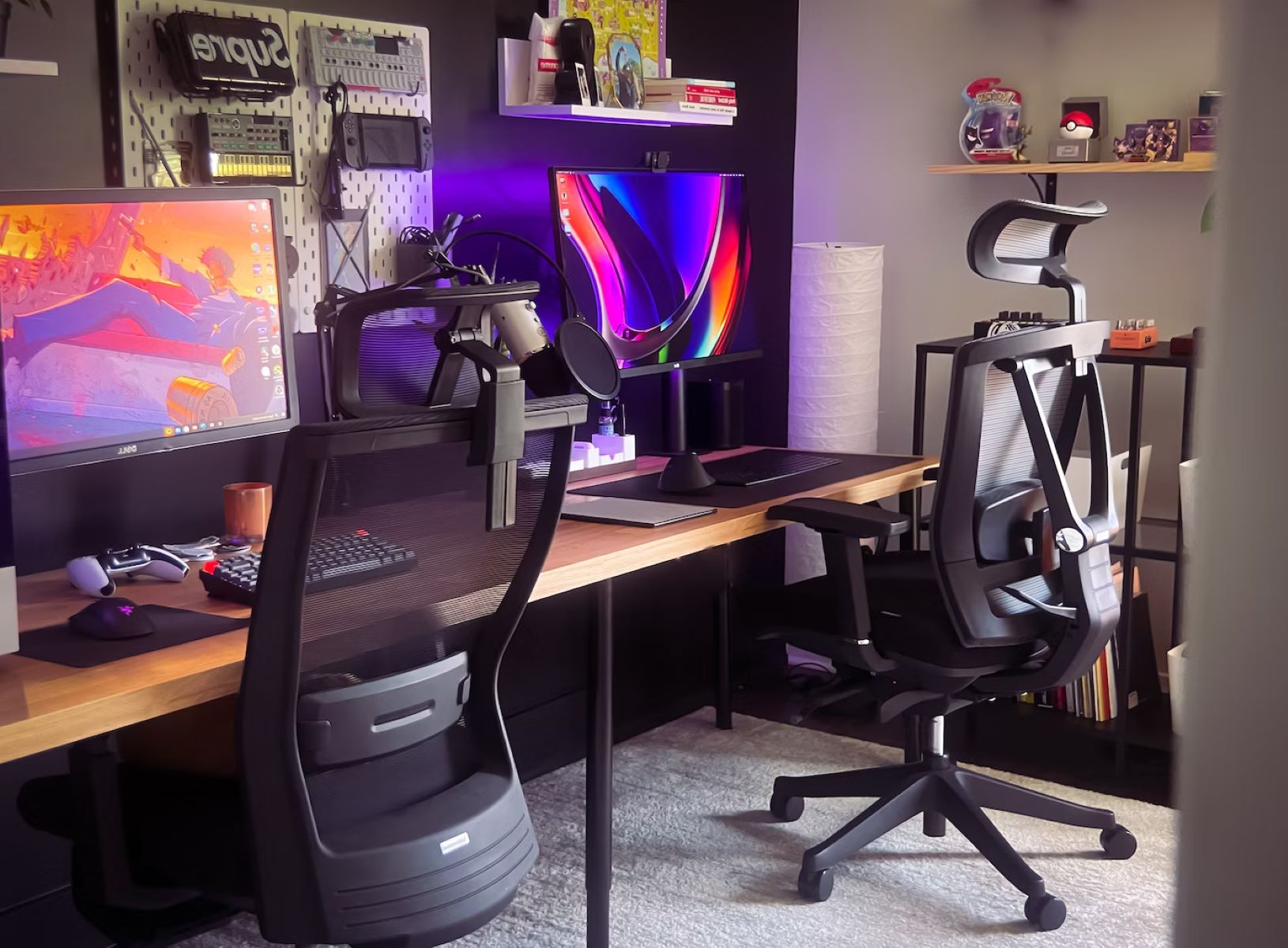

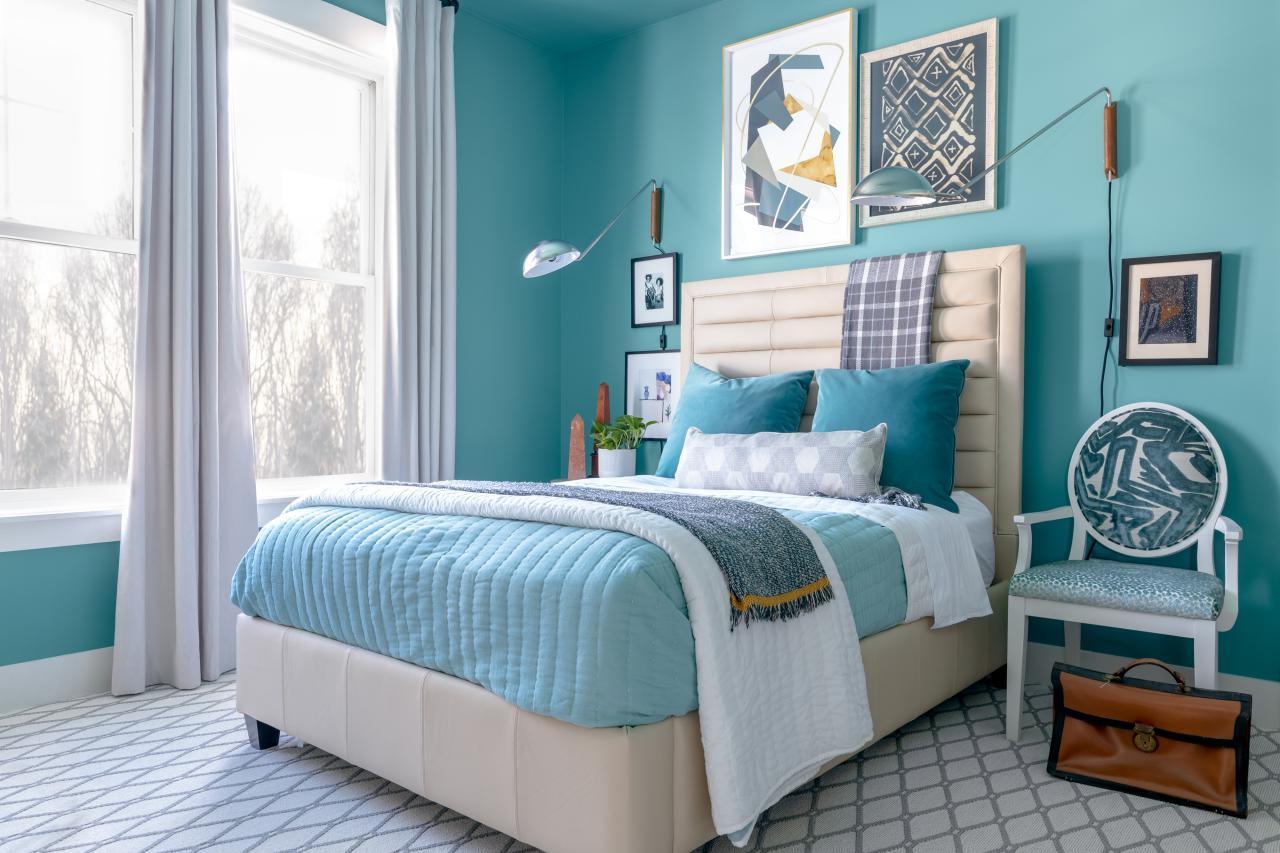
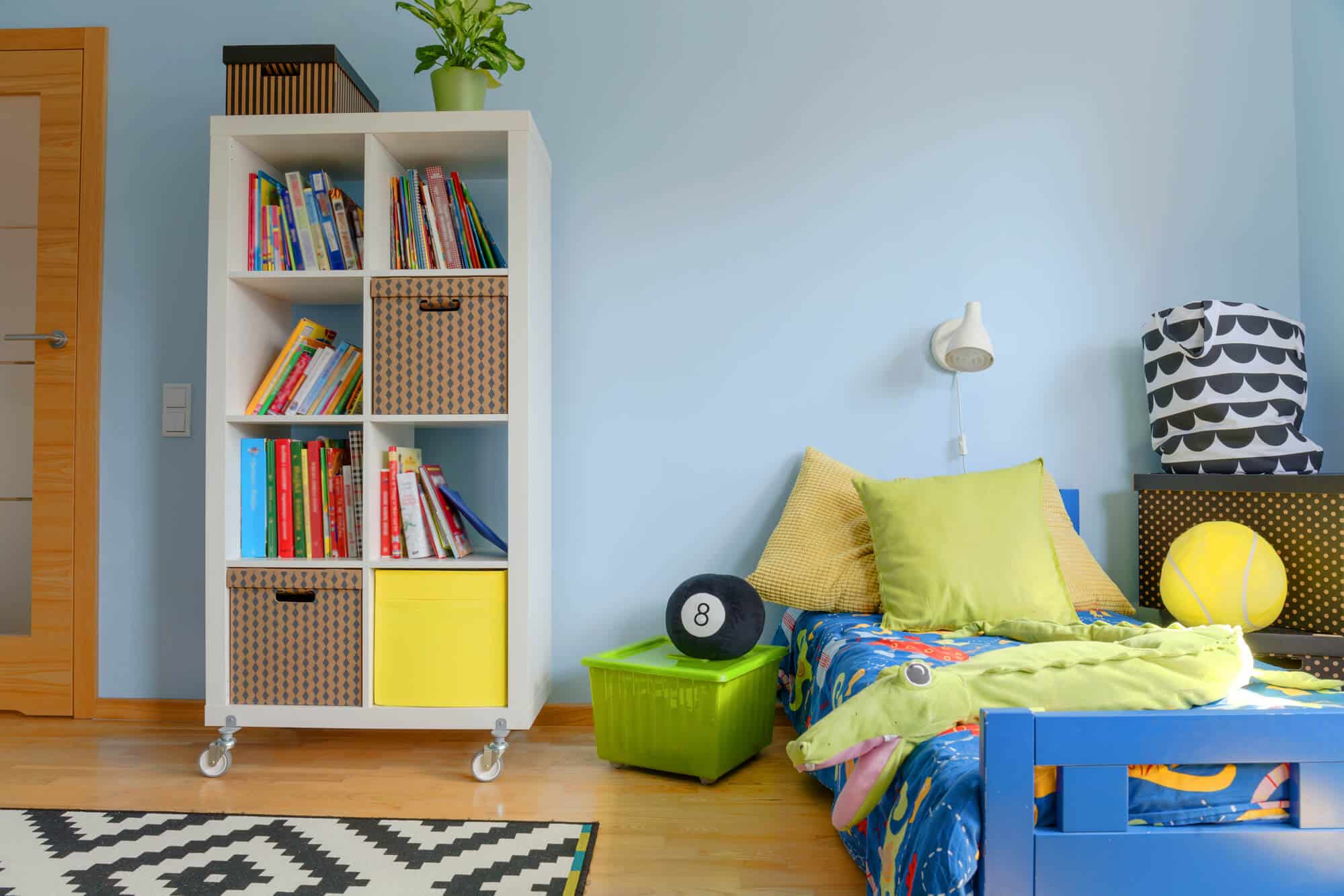


0 thoughts on “How To Choose The Right Paint Colors For A Basement”